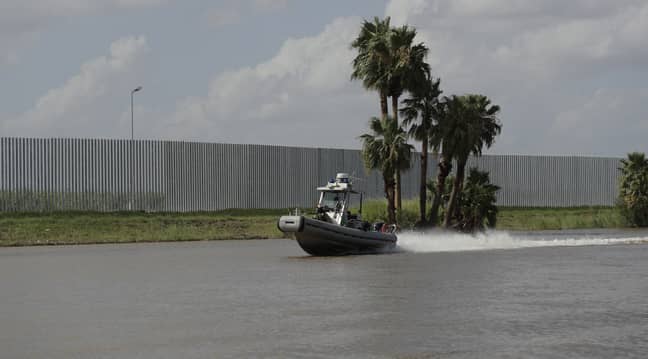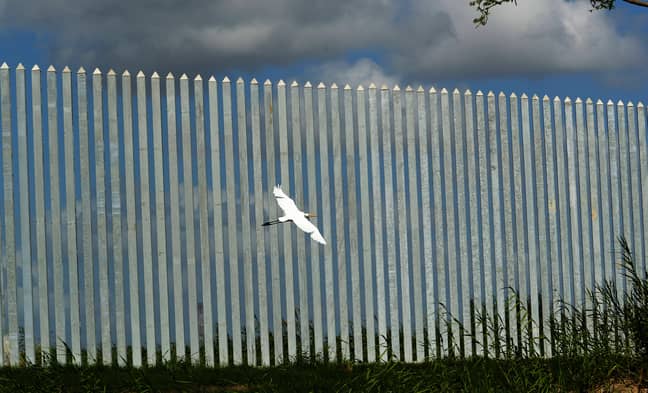Blaze grew to 142,940 acres Friday after surpassing the Beckwourth Complex

Ten days after it broke out in remote Butte County, the Dixie Fire is now California’s largest wildfire of the season — and the fight to contain it is only expected to get more difficult.
As of Friday morning, the fire had scorched 142,940 acres — up nearly 30,000 acres overnight — and was about 18% contained, according to the California Department of Forestry and Fire Protection. To the east, the Beckwourth Complex, the state’s previous leader, had charred 105,670 acres but was 98% contained.
The Dixie Fire has exploded across extremely dry, rugged terrain, torching treetops and running up steep hills out of reach of firefighting equipment. Through the weekend, more than 4,000 firefighters will face face hot temperatures and grueling hikes through thickly blanketed forests.
“You look at some of these places, and you’re looking straight across at trees, and they’re not far from you — but in between you and those trees might be a thousand feet down and a thousand feet back up,” said Rick Carhart, a public information officer with Cal Fire Butte County. “Imagine trying to work in those conditions and get tools and equipment into those places.”
The fire ignited July 14 about 10 miles northeast of Paradise. It remained more or less stable for several days – burning away from the footprint of the 2018 Camp Fire – before its spread accelerated over the weekend.
Crews’ top priority is to stop flames from reaching populated communities, including homes along the shore of the popular vacation destination Lake Almanor to the north, Jonesville and the High Lakes Area to the west, isolated pockets of homes along the Highway 70 corridor, and those near Buck’s Lake to the southeast, Carhart said.
Towns like Paradise and Concow have remained out of harm’s way as the fire burns northward. In that region and near Butt Valley reservoir, crews have partially relied on old bulldozer lines from past blazes such as the Camp Fire and the 2012 Chips Fire.
“We don’t want the fire moving toward the communities, but it does move into terrain that we can better defend,” Carhart said.
Still, drastically improving containment numbers will likely prove elusive through at least early next week: Fire-friendly weather conditions show no sign of letting up yet, Cal Fire incident meteorologist Julia Ruthford lamented in a briefing Thursday evening.
Relative humidity has remained in the low teens, and temperatures were forecast to soar into the 90s across the region this weekend, according to the National Weather Service.
“Unfortunately, that critical pattern is going to continue and actually worsen over the next couple of days,” said Ruthford. A ridge of high pressure is expected to build over the area, resulting in “significant warming” and even drier conditions, she added.
“I really wish I had better news to tell you,” she said.
The vegetation fueling the fire is meanwhile unusually dry for this time of the year, said Chris Waters, a deputy incident commander with California Incident Management Team One. Ground fuels — in particular large, deadened vegetation known as 1,000-hour fuels — are “already at critical levels and fully available to burn unimpeded,” he said.
“We are at conditions that we wouldn’t be seeing usually until we get to late September or early October, which is late in the year, and right now we are in mid-July,” Waters said.
Crews are also contending with long-range spot fires and new starts. Embers are traveling up the smoke column and sometimes falling up to five miles ahead of the main fire, something Waters said he hadn’t previously seen in his 20 years on the job. Late Thursday, a fresh blaze known as the Fly Fire broke out just north of Keddie in Butterfly Valley, quickly torching about 1,650 acres across Highway 70.
The Plumas County Sheriff’s Office has expanded mandatory evacuation orders to include Greenville, Crescent Mills, Round Valley Reservoir, Dixie Canyon and Indian Falls. A full list of current evacuation orders and warnings is available here.
Eight structures have been destroyed by the fire, and hundreds more are threatened.
The Dixie Fire is the latest to rock the state amid a historic drought that experts fear could make this year one of the West Coast’s worst fire seasons yet. To the north, the massive Bootleg Fire on the Oregon border has burned more than 400,000 acres and was about 40% contained as of Friday.
RELATED ARTICLES
Dixie Fire grows by 29,034 acres; now 142,940
Map: Tamarack Fire perimeter and evacuations; Highway 395 closed
For the Love of Pets: Fire safety and preparation
Map: Dixie Fire perimeter and evacuations; now biggest wildfire of season
As wildfire smoke spreads, who’s at risk?
Carthart could not estimate how much longer crews may be battling the Dixie Fire, but urged those in the region to heed evacuation warnings and to be extra cautious about starting new fires given how fast fuels are burning.
“Because this fire is so dynamic, we’re still noses to the ground, just working as hard as we can,” Carhart said.
:quality(70)/cloudfront-eu-central-1.images.arcpublishing.com/thenational/YMSIDEP6YIQ5WJXZBRX74L4XBQ.jpg)
:quality(70)/cloudfront-eu-central-1.images.arcpublishing.com/thenational/PJE6NNGEXD6XTBHDMRW5AMA6UM.jpg)
:quality(70)/cloudfront-eu-central-1.images.arcpublishing.com/thenational/P4TXCDBV6K2CNYGGHDS5IY4WKQ.jpg)






/https://public-media.si-cdn.com/filer/65/37/653742d6-1e91-4025-87b0-8d53938d005c/14661929176_55653a67ff_k.jpg)



/https://public-media.si-cdn.com/filer/64/4d/644d786c-b9f8-44f8-9e3e-badb9d28b27f/gettyimages-990202390.jpg)





:focal(374x256:375x257)/https://public-media.si-cdn.com/filer/66/2e/662e1e79-3f7d-4a89-9918-fbe69989a676/road_reconstruction.jpg)
/https://public-media.si-cdn.com/filer/c8/c2/c8c241f8-4441-47e4-b302-d523c8e725d2/venice_canal.jpg)